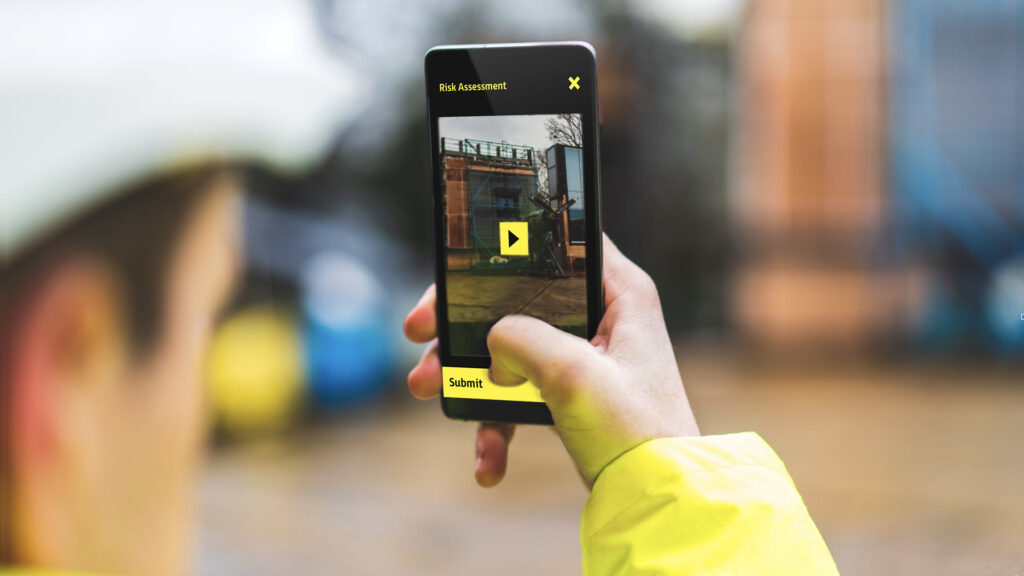AI transforming water industry: where are you on your digitisation journey? – part two
We have identified how customers at stage one of their digitisation journey start with digital paper – but what’s next? What are the limitations of this, and what technology can be deployed to progress digitisation?
In the next instalment of this series, I delve into how this first stage can quickly become a blocker to further digitisation – and how FYLD can help progress this journey…
Customers at stage two – digital paper has been identified as a blocker to digitisation
Most FYLD customers have already arrived at stage two of their digitisation journey. While they are proud that they have deployed a variety of digital technologies, they are acutely aware of the pain points they are causing in their operational processes. They often realise that choices made in stage one of their digitisation journey have become a blocker to moving forward in meaningful ways. At this stage, deploying AI-led work practices is feeling like a hurdle for these organisations.
As an example, many FYLD customers have implemented digital forms (or digital paper, as FYLD calls it). However, the level of human input of data – often limited by choices available in old-world style dropdown lists – are susceptible to errors and inconsistencies.
They continue to promote detached operational processes, where the field workers are sharing a view of what is taking place on site (complete, incomplete – or sometimes deliberately misleading) and remote managers are forming an imagined view of what is taking place on site based on what is presented to them, and their historical experience from their own days in the field. These tools have not enabled a shared view of sites, underpinned by reality, let alone such a view in real time.

Customers at this stage of digitisation know the promise of technology is much more than what they are currently achieving, and are typically beginning to build data strategies and invest in innovation capabilities. Ultimately, they need to:
- Understand that to step forward, they need to pilot tools and platforms that bring great utility to field workers;
- Have access to something that is easy to deploy – it is rare to find a fieldworker who wants to spend a week in the classroom to learn about a complex new tool, and even rarer to find a utility who could afford such a stand down; and
- Be able to choose products based on deep ROI understanding.
While effective two-way site communication may not yet be taking place meaningfully, from other projects successfully underway – such as extensive network monitoring through sensors – water utilities at this stage of digitisation know the benefit that it will bring and are actively looking for ways to achieve it.
So why are organisations at this stage of digitisation deploying FYLD Proof of Value projects?
Companies at this stage of digitisation have built confidence that they can rapidly secure ROI through their operations shifting from proactive to from today’s typically reactive management. They are not wondering if this is possible, but are actively looking for the right platform and partner. Great technology roadmaps are delivered through great partnerships with suppliers – enabling deployment at great scale.

Further, customers at this stage of journey rapidly see the benefits they will secure by coupling the deep FYLD on-site data set with other organisational data sets and processes, for example:
- Scheduling – they imagine a world where they could see when a team is likely to finish on an existing job, and dynamically schedule those teams to other work – for example a new connection, or a planned maintenance activity; and
- Training – through coupling data about team qualifications and accreditations, what is taking place on active operations, and emerging trends in jobs, FYLD can deliver relevant training in relevant ways, e.g. digital, bite-sized training pushed through the FYLD platform.
We are seeing an emerging group of customers mid way through this stage of digitisation who are excited by FYLD’s AI product roadmap and see it as a very accessible way to transform the effectiveness of their field workforce.
They have often realised that substantial in-housing of AI capabilities is both prohibitively costly and typically not achievable as high quality AI talent is very difficult to secure. Through partnerships with companies like FYLD, they can both have input into the product roadmap as well as benefit from the cross industry perspectives that can be accessed.The final stage of digitisation will be explored in my next blog. Catch up on this blog series to learn about how we are transforming the water industry with AI, and the first stage of digitisation – the deployment of digital paper.






